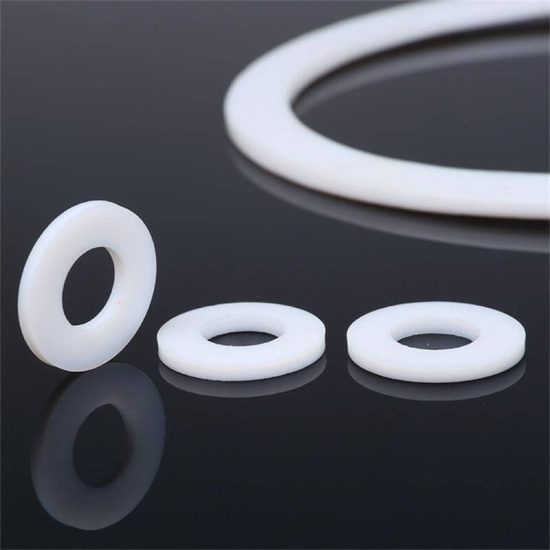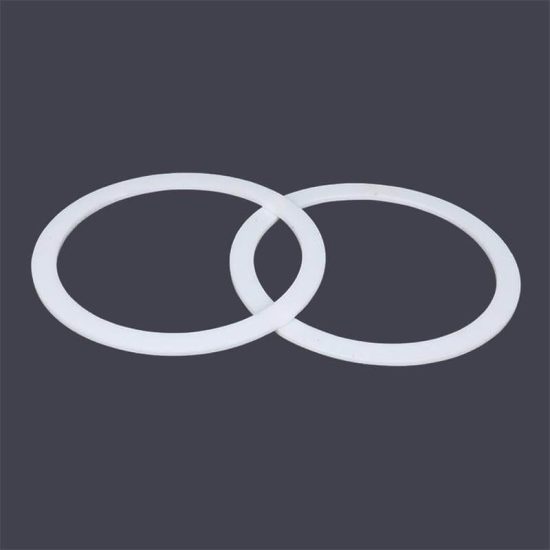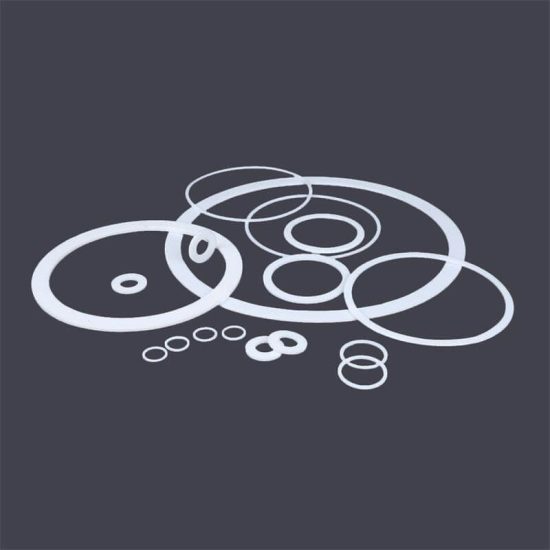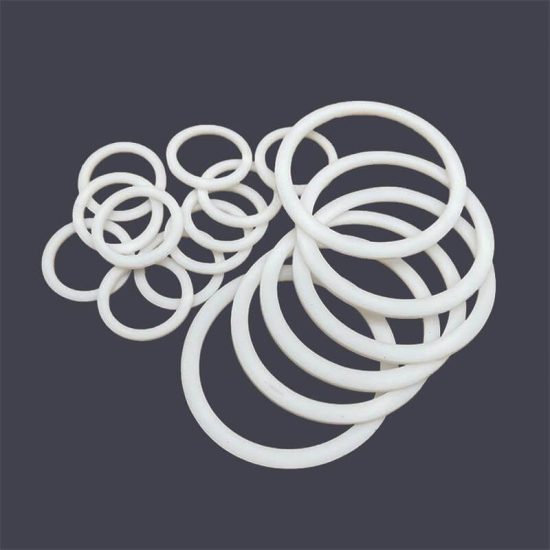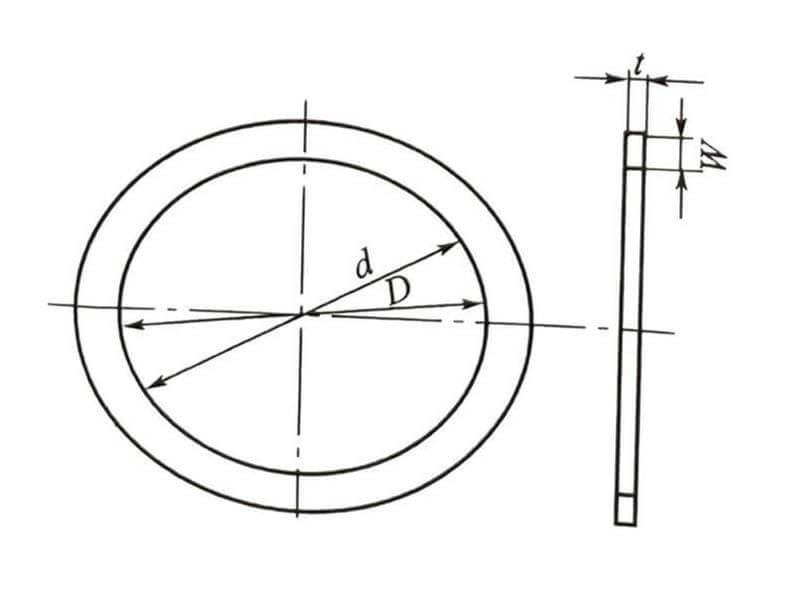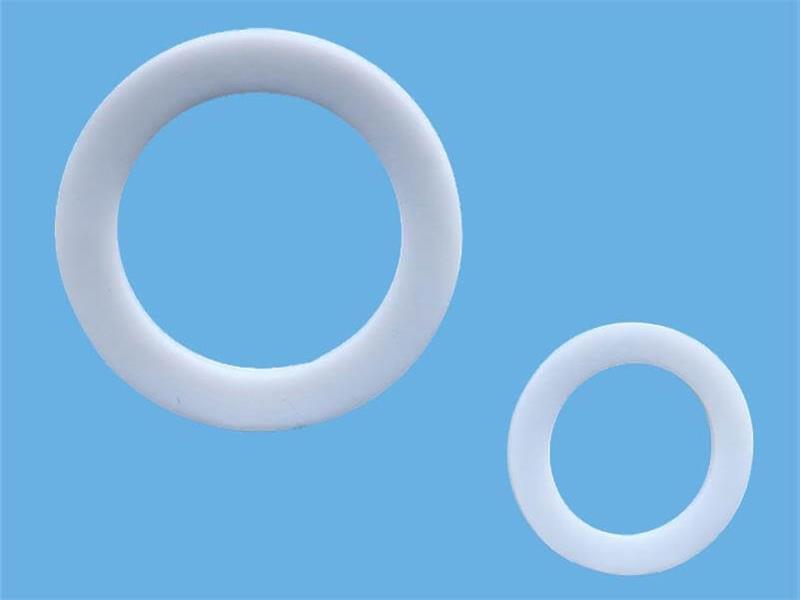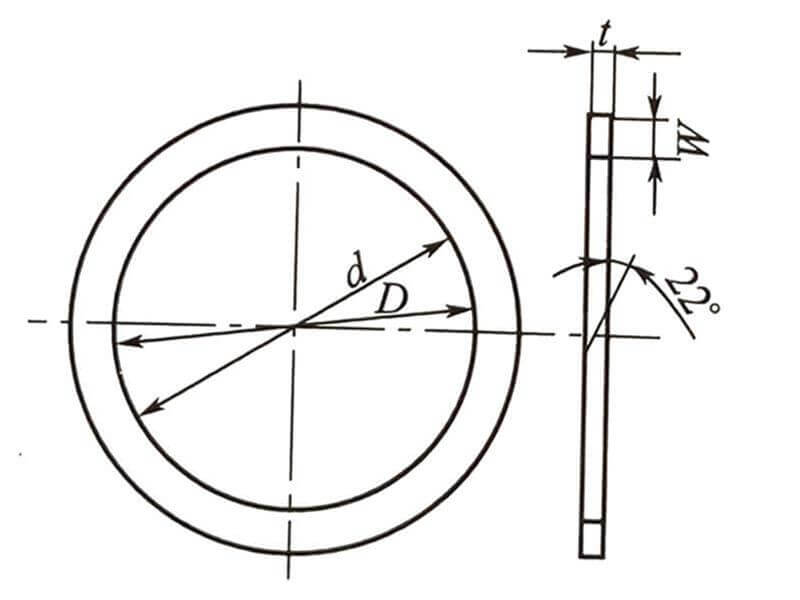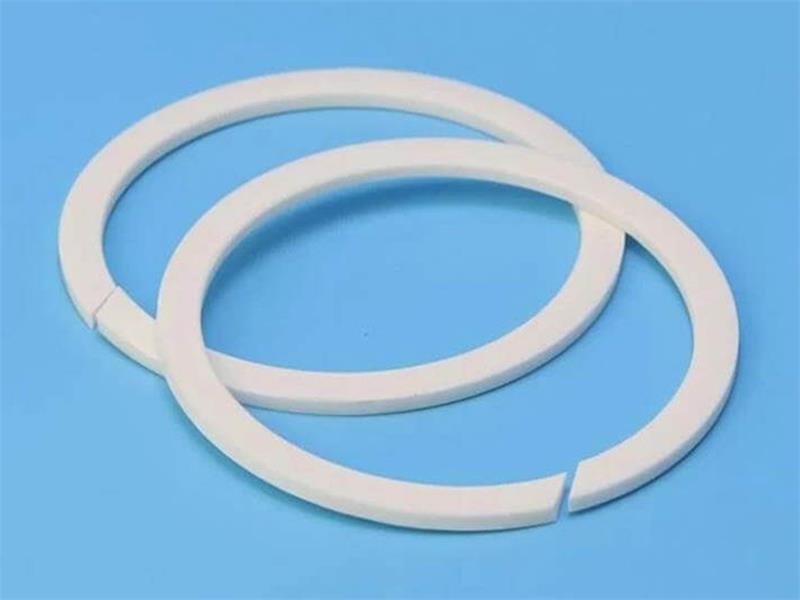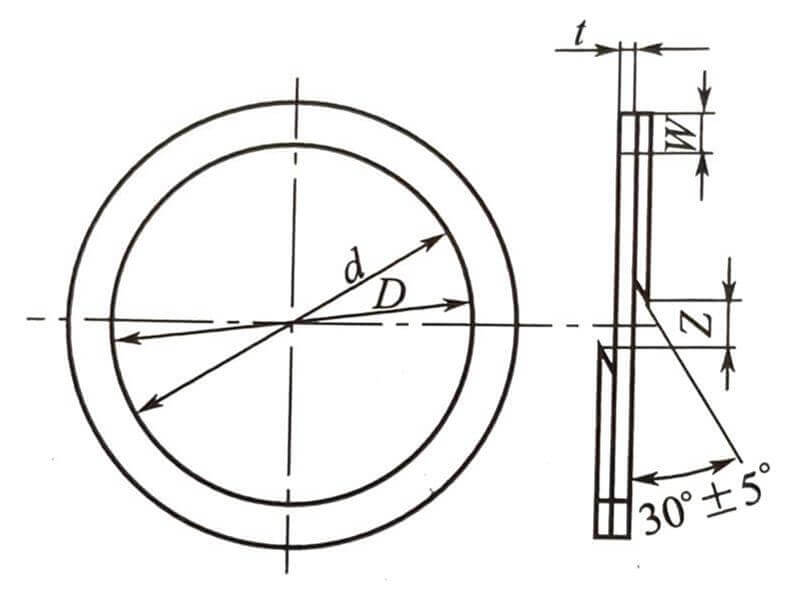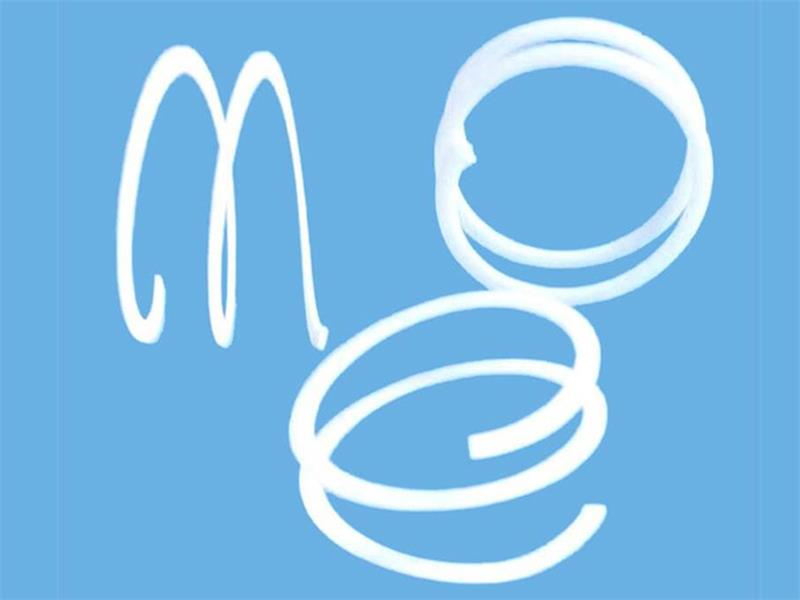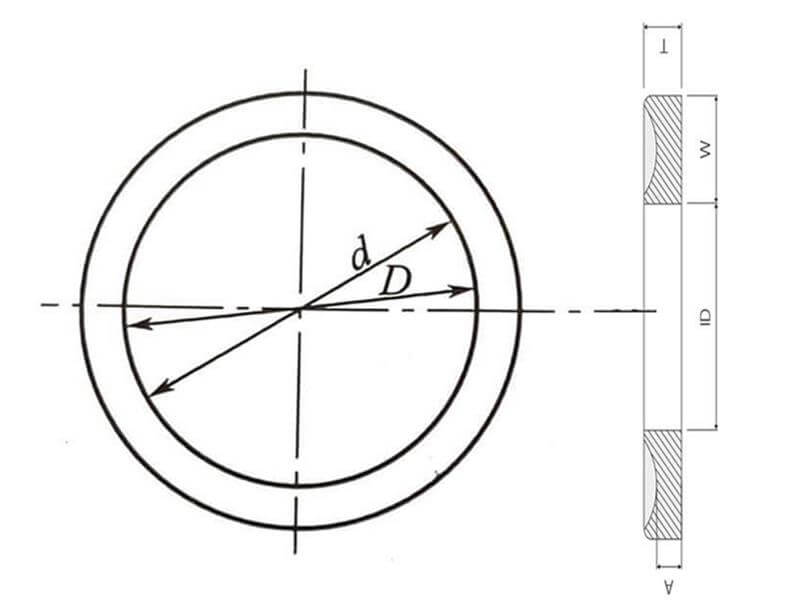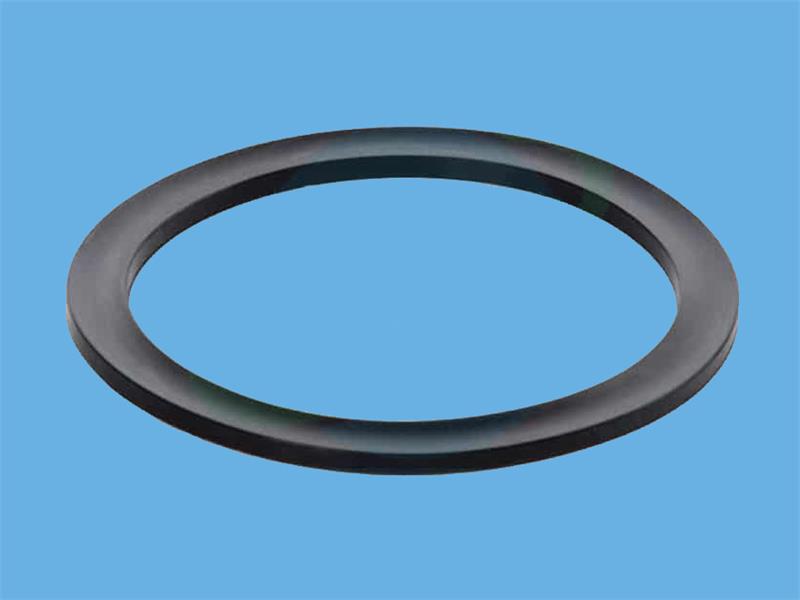Savvy is a professional China factory to manufacture high-quality backup rings
- Payment Way: T/T, Western Union, Paypal
- Incoterm: EXW, FOB, CIF
- Shipping Way: By Air or Sea
- Manufacturer Place: Ningbo, China
- Delivery Time: 7 - 30 days
- Factory Status: Stocked for Sale
Share to SNS:
Purpose of Backup Rings
The backup rings or anti-extrusion rings are designed to prevent the gap extrusion of the o-rings and increase their operating pressure, but they are not rubber seals and gaskets themselves.
Depending on the material and structure of the backup ring, the degree of improvement in its pressure-bearing capacity is also different. When the pressure is large enough, the backup ring will also “extrude”. After the o-ring uses the back ring, the working pressure can be greatly improved. When the working pressure is more than 10MPa, the backup ring should be installed.
It also helps the o-ring to maintain good lubrication. If one side is compressed, add a backup ring after the o-ring in the forward direction of the pressure; if it is pressurized in both directions, use a backup ring on each side of the o-ring. In addition, at low pressures where overflow is not likely to occur, accidents such as tearing and torsional damage of the o-ring can also be prevented, and damage can be avoided, thereby prolonging the life of the o-ring.
Although the use of the anti-extrusion ring can prevent the gap extrusion of the o-ring rubber seal, it will increase the frictional resistance of the sealing device. The table below shows the maximum allowable clearance value without a backup ring.
| Pressure/Mpa O-Ring Hardness (HS) | ≤3.5 | 3.5~7 | 7~10.5 | 10.5~14 | 14~21 |
| 70 | 0.40 | 0.25 | 0.15 | 0.10 | 0.04 |
| 90 | 0.70 | 0.60 | 0.50 | 0.40 | 0.25 |
Materials of Backup Rings
The materials of backup rings are mainly leather, nylon, metal, hard rubber (NBR, Viton), PTFE / Teflon, etc. According to different use environments, we will recommend backup rings of different materials for customers to use, but good fusion Teflon backup rings are widely used.
When selecting o-rings, the hardness of the rubber must be considered. For general use occasions, we usually recommend a hardness of 70 degrees, because the material can obtain better comprehensive performance at 70 degrees. For use in high-pressure environments, general 70-degree materials are easier to extrude. However, using a hardness above Shore A 85 will have little success in dynamic environments, because the harder material does not easily deform with the roughness of the sealing surface (such as the cylinder wall). Very good sealing performance can be obtained by utilizing the wear resistance of the low hardness o-rings and the high-pressure resistant backup rings.
Types of Backup Rings
There are four types of backup rings: solid, split, spiral, and contoured. In terms of use effect, the solid shape is the best, but from the viewpoint of assembly, the split shape and the spiral shape are mostly used.
Installation of Backup Rings
When used under high-pressure conditions to prevent the overflow of o-rings, the installation position should be on the opposite side of the pressurized side. When pressure is applied on both sides, it should be installed on both sides of the o-ring.

